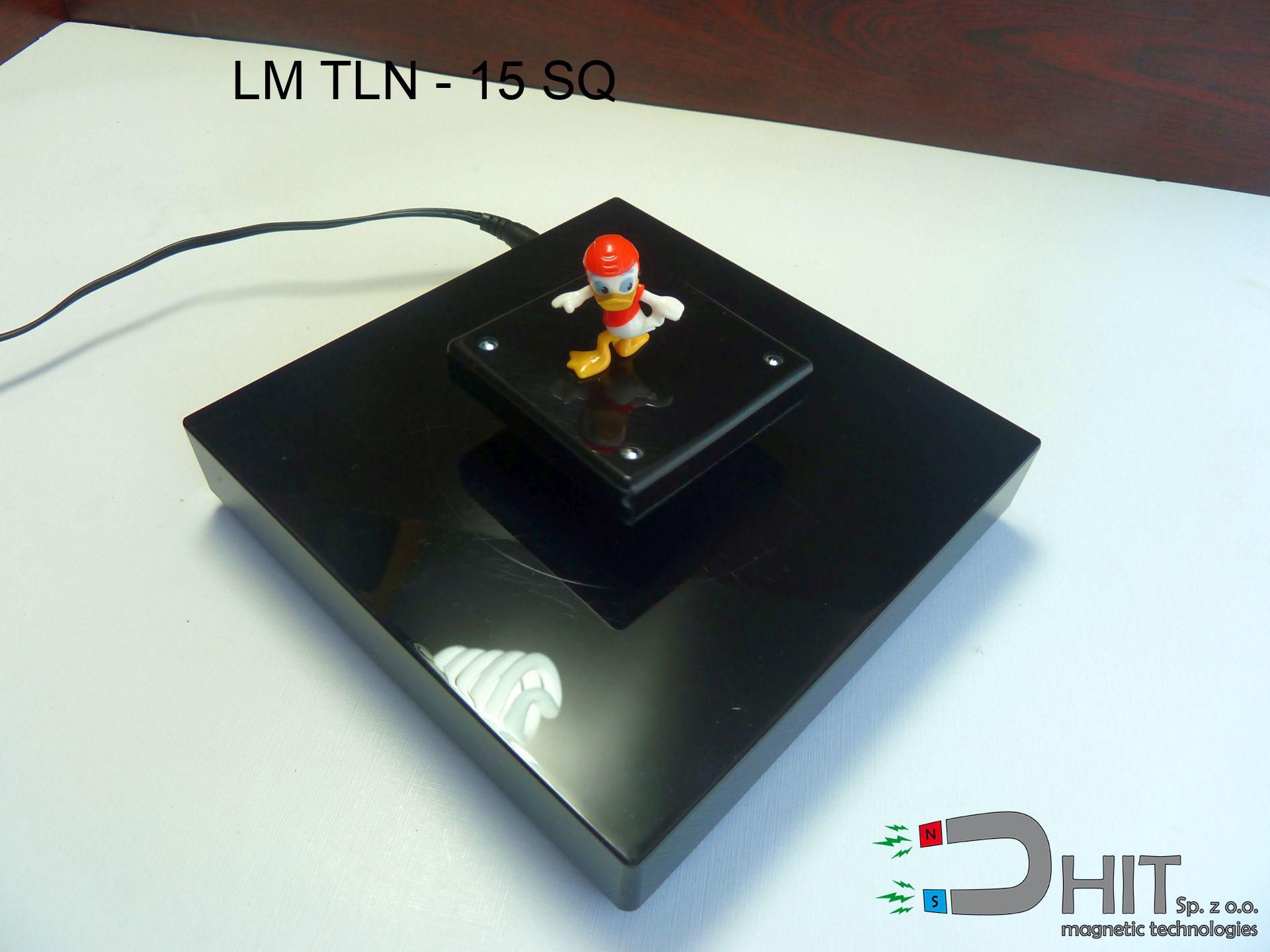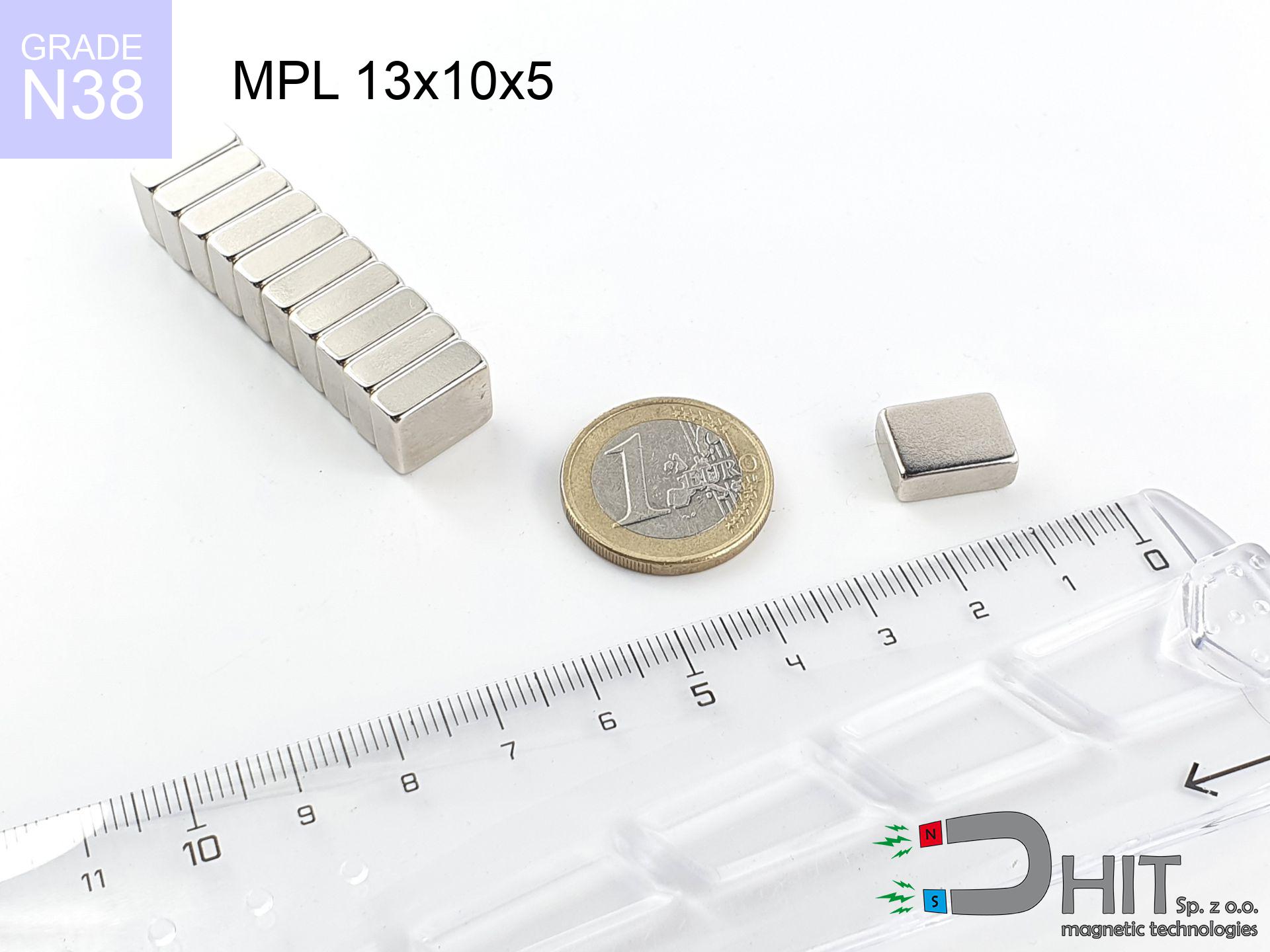SM 25x225 [2xM8] / N52 - magnetic separator
magnetic separator
Catalog no 130354
GTIN/EAN: 5906301813026
Diameter Ø
25 mm [±1 mm]
Height
225 mm [±1 mm]
Weight
0.01 g
Magnetic Flux
~ 9 500 Gauss [±5%]
688.80 ZŁ with VAT / pcs + price for transport
560.00 ZŁ net + 23% VAT / pcs
bulk discounts:
Need more?
Call us now
+48 888 99 98 98
or send us a note through
request form
the contact form page.
Lifting power along with form of magnetic components can be estimated on our
magnetic calculator.
Same-day processing for orders placed before 14:00.
Physical properties - SM 25x225 [2xM8] / N52 - magnetic separator
Specification / characteristics - SM 25x225 [2xM8] / N52 - magnetic separator
| properties | values |
|---|---|
| Cat. no. | 130354 |
| GTIN/EAN | 5906301813026 |
| Production/Distribution | Dhit sp. z o.o. |
| Country of origin | Poland / China / Germany |
| Customs code | 85059029 |
| Diameter Ø | 25 mm [±1 mm] |
| Height | 225 mm [±1 mm] |
| Weight | 0.01 g |
| Material Type | Stainless steel AISI 304 / A2 |
| Magnetic Flux | ~ 9 500 Gauss [±5%] |
| Size/Mount Quantity | 2xM8 |
| Polarity | circumferential - 8 poles |
| Casing Tube Thickness | 1 mm |
| Manufacturing Tolerance | ±1 mm |
Magnetic properties of material N52
| properties | values | units |
|---|---|---|
| remenance Br [min. - max.] ? | 14.2-14.7 | kGs |
| remenance Br [min. - max.] ? | 1420-1470 | mT |
| coercivity bHc ? | 10.8-12.5 | kOe |
| coercivity bHc ? | 860-995 | kA/m |
| actual internal force iHc | ≥ 12 | kOe |
| actual internal force iHc | ≥ 955 | kA/m |
| energy density [min. - max.] ? | 48-53 | BH max MGOe |
| energy density [min. - max.] ? | 380-422 | BH max KJ/m |
| max. temperature ? | ≤ 80 | °C |
Physical properties of sintered neodymium magnets Nd2Fe14B at 20°C
| properties | values | units |
|---|---|---|
| Vickers hardness | ≥550 | Hv |
| Density | ≥7.4 | g/cm3 |
| Curie Temperature TC | 312 - 380 | °C |
| Curie Temperature TF | 593 - 716 | °F |
| Specific resistance | 150 | μΩ⋅cm |
| Bending strength | 250 | MPa |
| Compressive strength | 1000~1100 | MPa |
| Thermal expansion parallel (∥) to orientation (M) | (3-4) x 10-6 | °C-1 |
| Thermal expansion perpendicular (⊥) to orientation (M) | -(1-3) x 10-6 | °C-1 |
| Young's modulus | 1.7 x 104 | kg/mm² |
Chemical composition
| iron (Fe) | 64% – 68% |
| neodymium (Nd) | 29% – 32% |
| boron (B) | 1.1% – 1.2% |
| dysprosium (Dy) | 0.5% – 2.0% |
| coating (Ni-Cu-Ni) | < 0.05% |
Sustainability
| recyclability (EoL) | 100% |
| recycled raw materials | ~10% (pre-cons) |
| carbon footprint | low / zredukowany |
| waste code (EWC) | 16 02 16 |
Other products
Advantages as well as disadvantages of Nd2Fe14B magnets.
Advantages
- They have stable power, and over nearly 10 years their attraction force decreases symbolically – ~1% (in testing),
- Magnets perfectly defend themselves against demagnetization caused by external fields,
- Thanks to the shimmering finish, the layer of nickel, gold, or silver-plated gives an aesthetic appearance,
- Magnetic induction on the working layer of the magnet remains impressive,
- Through (adequate) combination of ingredients, they can achieve high thermal resistance, enabling operation at temperatures reaching 230°C and above...
- Possibility of custom shaping and adjusting to atypical applications,
- Wide application in modern technologies – they find application in data components, brushless drives, medical equipment, also modern systems.
- Relatively small size with high pulling force – neodymium magnets offer strong magnetic field in tiny dimensions, which makes them useful in small systems
Weaknesses
- To avoid cracks upon strong impacts, we recommend using special steel housings. Such a solution protects the magnet and simultaneously improves its durability.
- Neodymium magnets demagnetize when exposed to high temperatures. After reaching 80°C, many of them experience permanent drop of power (a factor is the shape and dimensions of the magnet). We offer magnets specially adapted to work at temperatures up to 230°C marked [AH], which are very resistant to heat
- Magnets exposed to a humid environment can rust. Therefore during using outdoors, we suggest using water-impermeable magnets made of rubber, plastic or other material protecting against moisture
- Due to limitations in producing threads and complex shapes in magnets, we propose using a housing - magnetic holder.
- Health risk resulting from small fragments of magnets can be dangerous, when accidentally swallowed, which becomes key in the context of child health protection. Furthermore, tiny parts of these magnets are able to be problematic in diagnostics medical when they are in the body.
- Due to complex production process, their price is relatively high,
Pull force analysis
Breakaway strength of the magnet in ideal conditions – what it depends on?
- with the application of a sheet made of special test steel, ensuring maximum field concentration
- whose thickness is min. 10 mm
- with an ideally smooth touching surface
- under conditions of gap-free contact (metal-to-metal)
- for force applied at a right angle (pull-off, not shear)
- at temperature approx. 20 degrees Celsius
Impact of factors on magnetic holding capacity in practice
- Space between surfaces – even a fraction of a millimeter of distance (caused e.g. by veneer or dirt) significantly weakens the magnet efficiency, often by half at just 0.5 mm.
- Force direction – catalog parameter refers to detachment vertically. When applying parallel force, the magnet holds significantly lower power (typically approx. 20-30% of nominal force).
- Plate thickness – too thin steel does not accept the full field, causing part of the power to be escaped to the other side.
- Metal type – not every steel attracts identically. High carbon content worsen the interaction with the magnet.
- Surface quality – the more even the plate, the better the adhesion and stronger the hold. Unevenness acts like micro-gaps.
- Thermal conditions – neodymium magnets have a negative temperature coefficient. When it is hot they lose power, and in frost gain strength (up to a certain limit).
Lifting capacity testing was conducted on a smooth plate of suitable thickness, under perpendicular forces, in contrast under attempts to slide the magnet the holding force is lower. Moreover, even a minimal clearance between the magnet and the plate decreases the holding force.
Safe handling of NdFeB magnets
Mechanical processing
Powder created during cutting of magnets is self-igniting. Avoid drilling into magnets without proper cooling and knowledge.
Threat to electronics
Intense magnetic fields can corrupt files on payment cards, HDDs, and storage devices. Stay away of at least 10 cm.
Crushing force
Pinching hazard: The pulling power is so great that it can cause blood blisters, pinching, and even bone fractures. Use thick gloves.
Demagnetization risk
Avoid heat. NdFeB magnets are susceptible to temperature. If you require operation above 80°C, look for special high-temperature series (H, SH, UH).
Risk of cracking
Despite metallic appearance, the material is delicate and not impact-resistant. Do not hit, as the magnet may shatter into sharp, dangerous pieces.
Implant safety
Life threat: Neodymium magnets can turn off pacemakers and defibrillators. Do not approach if you have electronic implants.
Sensitization to coating
It is widely known that nickel (standard magnet coating) is a potent allergen. For allergy sufferers, prevent touching magnets with bare hands or select encased magnets.
Compass and GPS
GPS units and mobile phones are extremely susceptible to magnetism. Direct contact with a strong magnet can permanently damage the sensors in your phone.
Caution required
Handle magnets with awareness. Their powerful strength can surprise even professionals. Plan your moves and respect their force.
Swallowing risk
NdFeB magnets are not toys. Accidental ingestion of multiple magnets can lead to them connecting inside the digestive tract, which poses a severe health hazard and necessitates urgent medical intervention.

![Separation magnetic rod SM 25x225 [2xM8] / N52 Separation magnetic rod SM 25x225 [2xM8] / N52](https://cdn3.dhit.pl/graphics/banners/magnet.webp)
![SM 25x225 [2xM8] / N52 - magnetic separator](https://cdn3.dhit.pl/graphics/products/sm-25x225-2xm8-lod.jpg)





